Birth of a legend: the Chicago revolution that gave the world skyscrapers (7 photos)
Although the term "skyscraper" entered the lexicon during the American building boom at the end of the 19th century, the concept of constructing multi-story buildings is hundreds of years old. 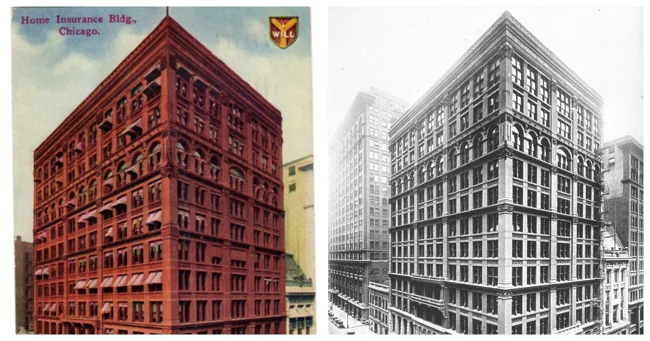
As early as the 13th century, ten-story residential buildings made of clay bricks were being erected in the Yemeni city of Shibam, and by the 15th century, a forest of seventy towers, reaching sixty meters in height, already existed in the Tuscan city of San Gimignano. 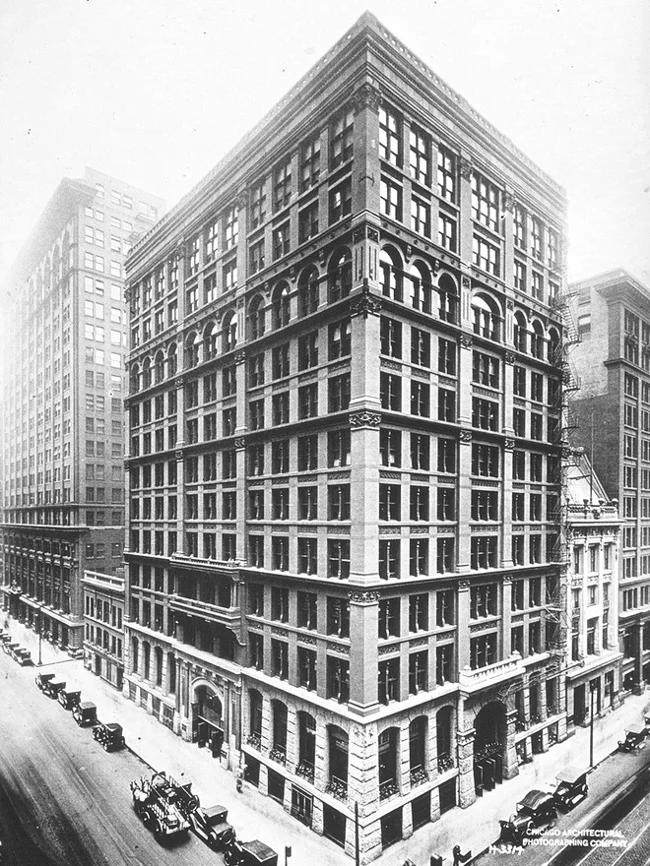
It is interesting that initially the word skyscraper was a playful name for everything tall, be it a person, a horse, an extravagant headdress or even a sail on a ship's mast. However, the technological breakthrough and economic growth in the 19th century allowed architects to literally storm the sky. It was then that this word finally became associated with innovative metal-frame structures. 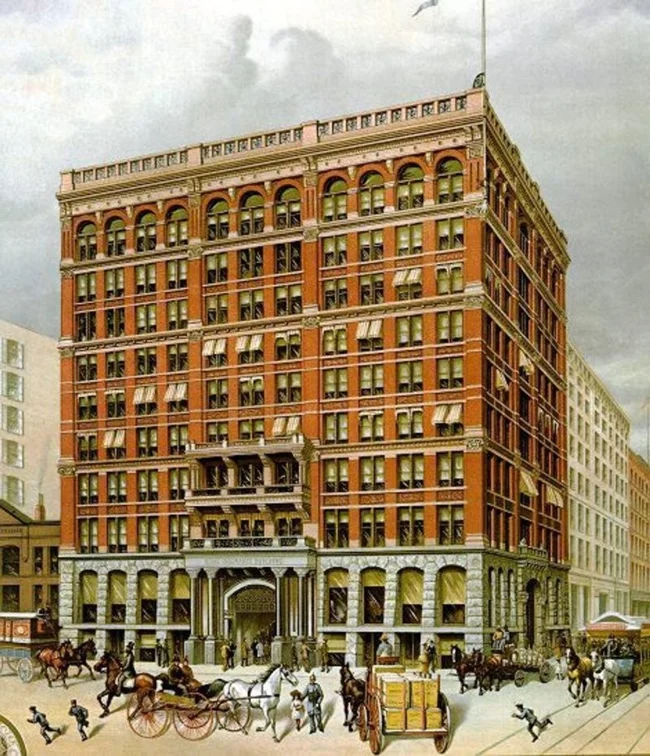
The cradle of the modern skyscraper was Chicago. In 1885, under the direction of architect William Le Baron Jenney, the Home Insurance Building was completed — the first building in the world where the entire load fell on a steel frame, rather than on massive walls. This revolutionary engineering solution determined the appearance of growing cities for decades to come. 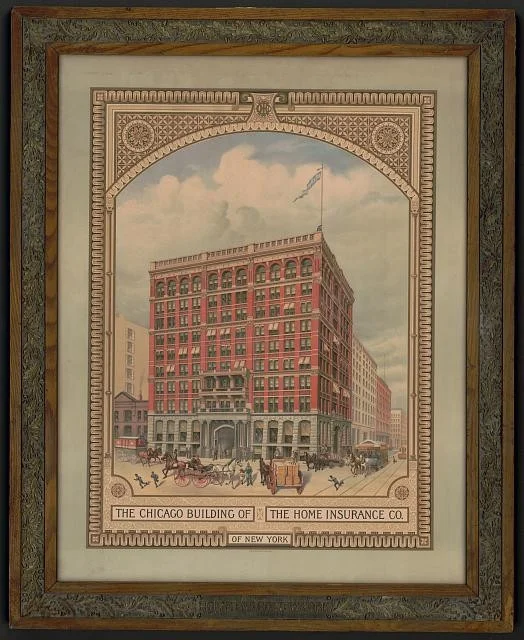
Jenny's innovation was to abandon the bulky load-bearing walls. His creation turned out to be three times lighter than traditional stone buildings of similar size, which opened the way to conquering new heights. Curiously, the Chicago authorities treated the project with great skepticism and even suspended work to ensure the reliability of the steel frame. 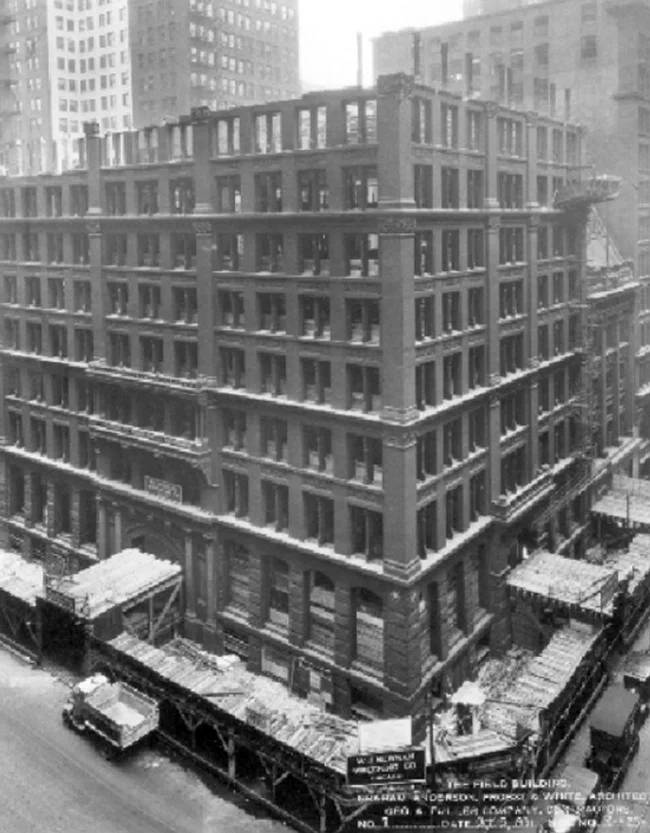
Not only did Jennie's creation survive, it gave birth to an entire architectural movement — the Chicago School. Its distinctive features were a steel frame faced with stone, huge window openings and restrained exterior decor. The idea was so successful that by 1893 a dozen skyscrapers from 16 to 20 stories high had sprung up in the business heart of Chicago. They instantly became a magnet for tourists who wanted to admire the city from a dizzying height. 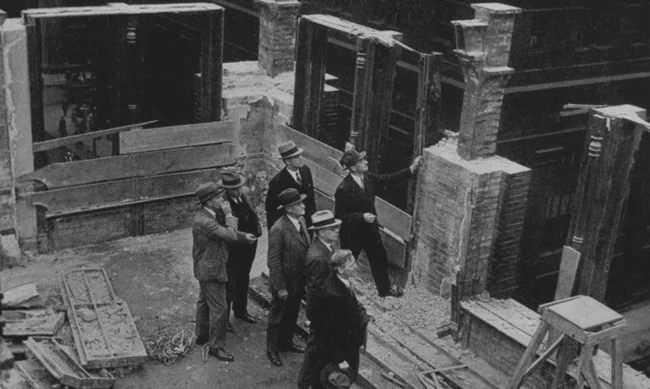
American architect Andrew Nicholas Rebori and his colleagues study the structure of the Home Insurance Building after its demolition in 1931
The fate of the founder of this boom turned out to be paradoxical: in 1931, the Home Insurance Building was demolished to make way for a new skyscraper, the Field Building. But its legacy lives on in the skylines of megacities around the world. 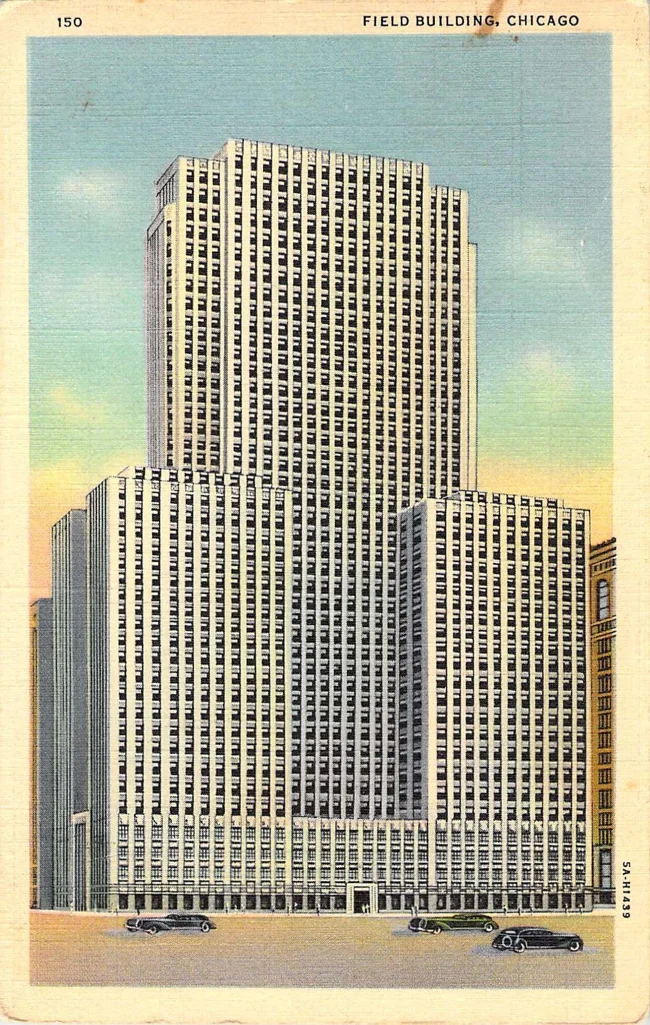
Field Building






























